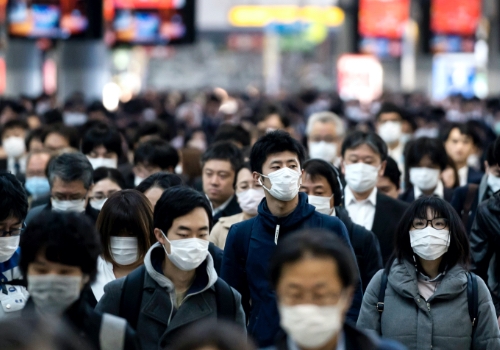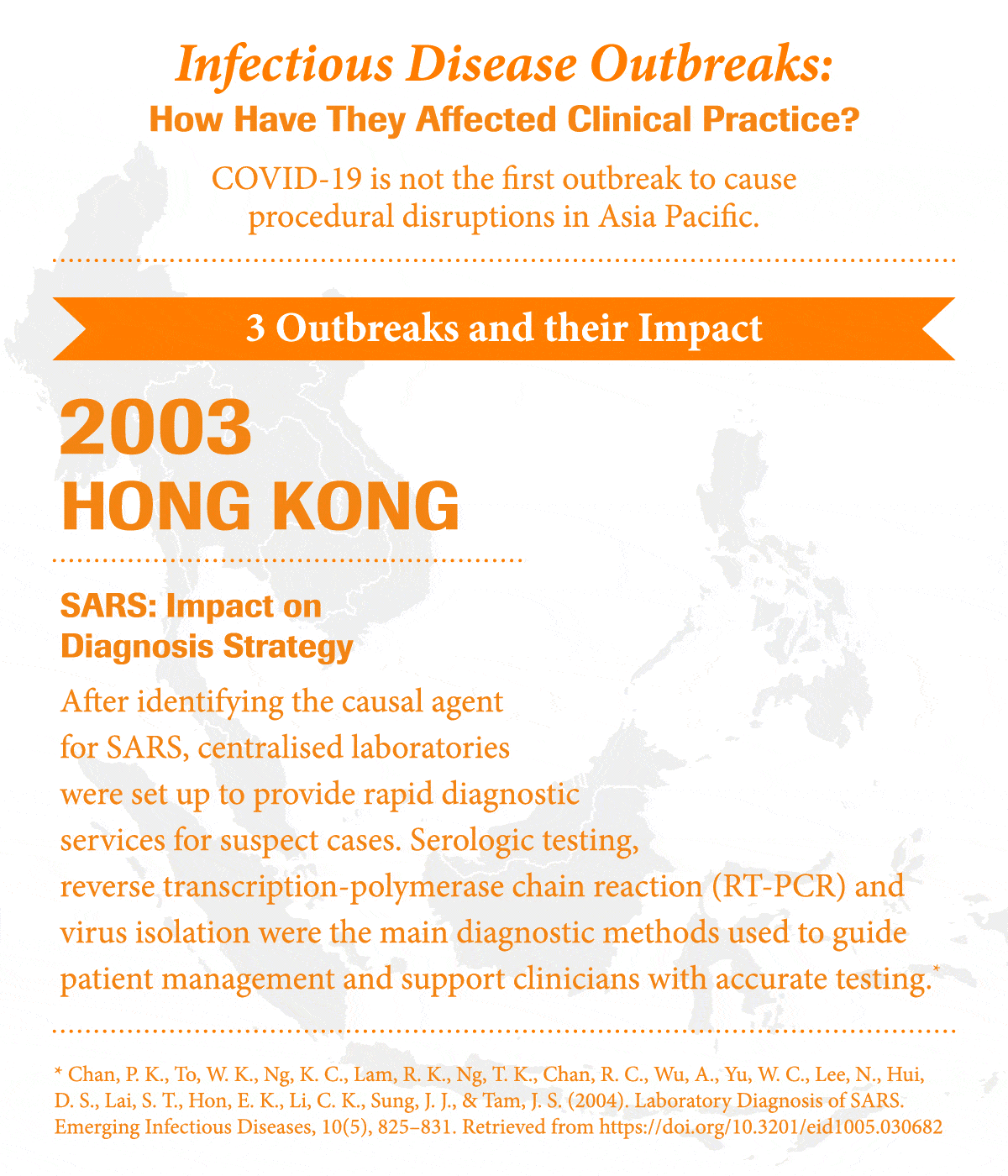
As the world has seen, epidemic threats can have a devastating impact on clinical practice, besides placing unprecedented strain on healthcare personnel and resources.
How Clinical Practice is Evolving to Cope with Infectious Disease Outbreaks
In 2003, the SARS (Severe Acute Respiratory Syndrome) outbreak was a challenge the world was largely unprepared for. Health services in many disciplines were severely disrupted, while coping with staff shortages quickly became a major obstacle for healthcare providers.1
In Singapore, the nation’s strategy for containing the SARS outbreak was to centralise treatment of suspect cases in a single healthcare facility. Non-SARS patients were declined admission to reduce the risk of infection in the hospital environment.2 Six years later, the Ministry of Home Affairs published its pandemic readiness and response plan, Preparing for a Human Influenza Pandemic in Singapore, utilising a similar model to prepare for potential outbreaks, such as H5N1 (avian influenza), which threatened the region. All suspected and confirmed cases, as outlined in the Ministry’s plan, were to be centrally managed at designated healthcare facilities.3
Such a streamlined structure may not be feasible in a developing nation. The Philippines has been grappling with consecutive outbreaks of measles, dengue and polio for several years; learning to adapt and evolve fundamental practices has been key to managing patient care.
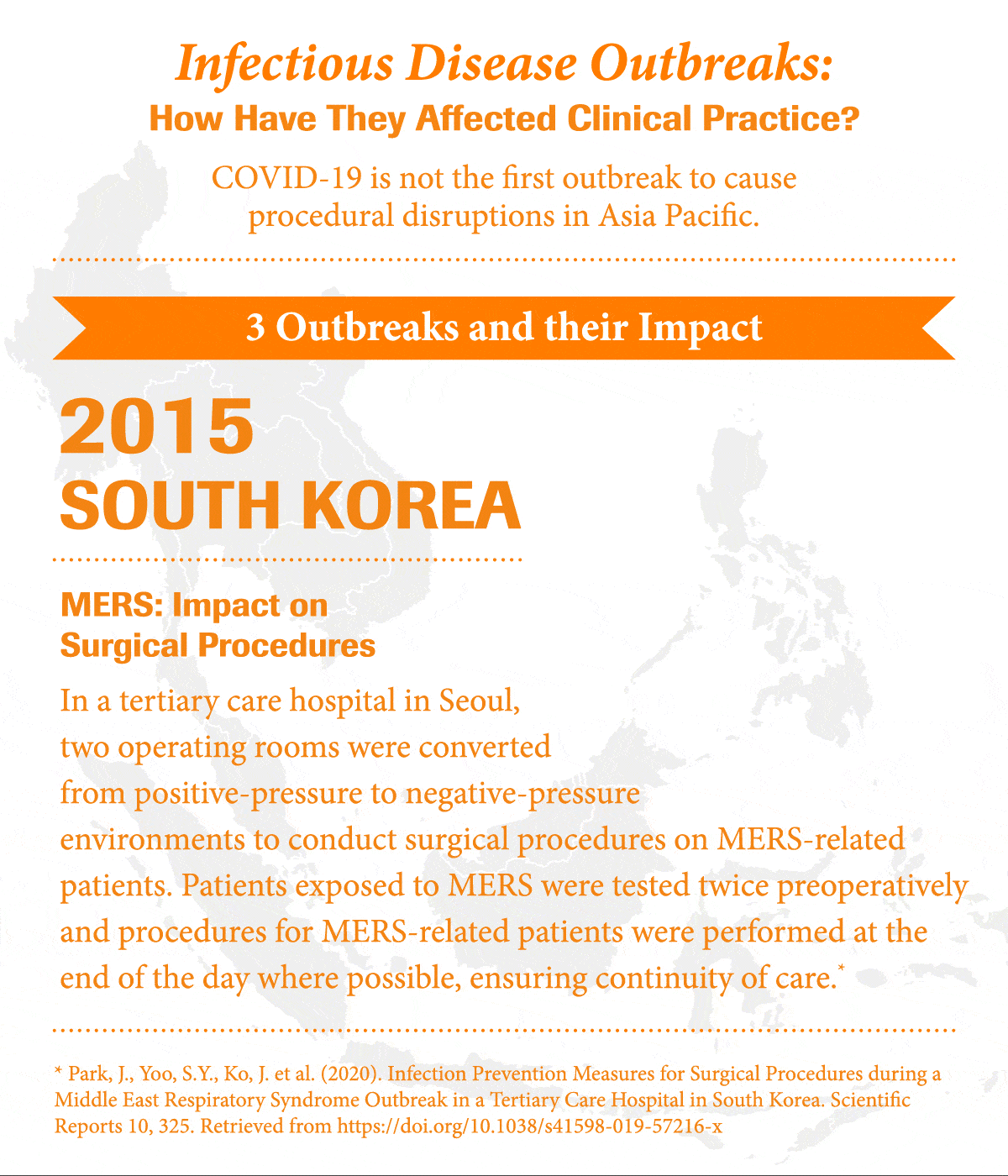
As Dr Anna Lisa Ong-Lim, chief of Infectious and Tropical Disease of the paediatrics department at the University of the Philippines explains: “We had to adjust the way we delivered healthcare, the way we set up our clinics and even our hospital wards.” It’s a change that hospitals across the world have struggled with.4 “While patient care teams prepare for such scenarios, the inherent surprise element of an outbreak means you can never be fully equipped.”
Even common activities like bedside visits and scheduling require overnight change. “We have had to prioritise cases, reschedule surgeries. These are tough decisions to make — how can anyone decide which patient is more important than the other?” Healthcare professionals swiftly began using digital tools such as video consultations to evaluate patients, and clustering care activities such as giving medication. While digital tools have been able to bridge short-term challenges, inequities remain. “Telehealth for outpatient calls is a mode many healthcare providers are switching to. But patients in poorer communities may not have the necessary mobile connectivity to support this.”
The Danger of Disruptions in Care
Surges in cases during a pandemic create a knock-on effect. COVID-19 saw many procedures deemed as less urgent, such as annual physicals, deferred.5 This could mean that many millions of serious health concerns, such as diabetes or cancer, are not caught. As Dr Ong-Lim notes, disruption in vaccination is another ticking time bomb, with swathes of children not being immunised. “Once communities reopen, and children come together again, they are exposed to viruses and are especially susceptible. It’s a disaster waiting to happen,” she says. The coming decades may thus see a rise in vaccine-preventable diseases that will increase pressures on the healthcare system. One study published in European Respiratory Journal predicts that between 2020 and 2024, there will be more than 200,000 extra tuberculosis deaths in China, India and South Africa due to the pandemic’s health service disruptions.6
Read more about innovative oncology solutions at Roche Diagram
The Role of Testing in Patient Management
A lack of effective diagnostics is a major obstacle. During the early weeks of the SARS outbreak, there were no diagnostic tests available. Doctors were treating patients based on symptoms. Eventually, when the first generation of serologic and other tests surfaced, there was a lack of uniformity in how these tests were conducted and what specimen types were to be collected — inefficiencies which can cause frustration for clinicians.7
To avoid such a scenario, physicians, epidemiologists and labs must work closely together to prevent the slowdown of care.8
Challenged by the unusually high number of cases, asymptomatic patients, sudden outbreaks of unknown diseases all while dealing with routine or chronic conditions requires a strong support system. “Diagnostic tests give clinicians crucial information on which they can make informed decisions,” says Professor Aryati, Chairman of the Indonesian Society of Clinical Pathology and Laboratory Medicine. As an outbreak evolves along with our knowledge of pathogens, so should the way diagnostics is used. “For example, the design of antibody, antigen and PCR testing should combine the conserved and mutated regions of the disease. This combination of tests is needed due to the limitation of each method’s sensitivity,” she says.
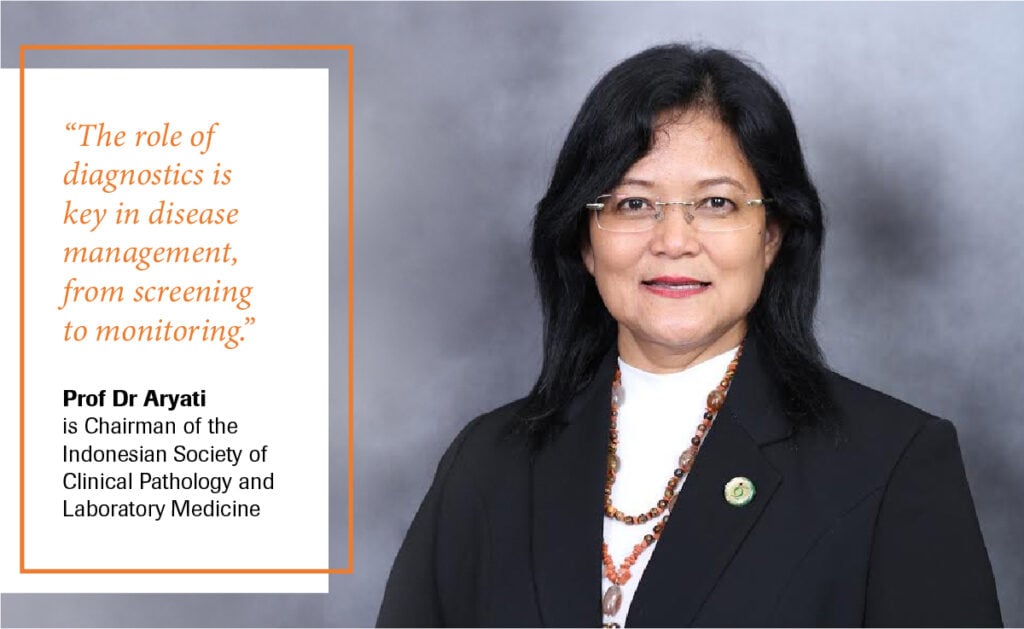
Changes in Clinical and Testing Guidelines
These specific evolutions in technique must be backed up by clear, centralised guidance from medical societies and government advisories. Otherwise, clinical practitioners, desperate for information, can feel unsure of how to treat and triage patients in the most effective manner.9
To this end, medical associations such as the Indonesian Society of Clinical Pathology and Laboratory Medicine have applied new measures in their clinical guidelines to improve success rates in diagnostic screenings.
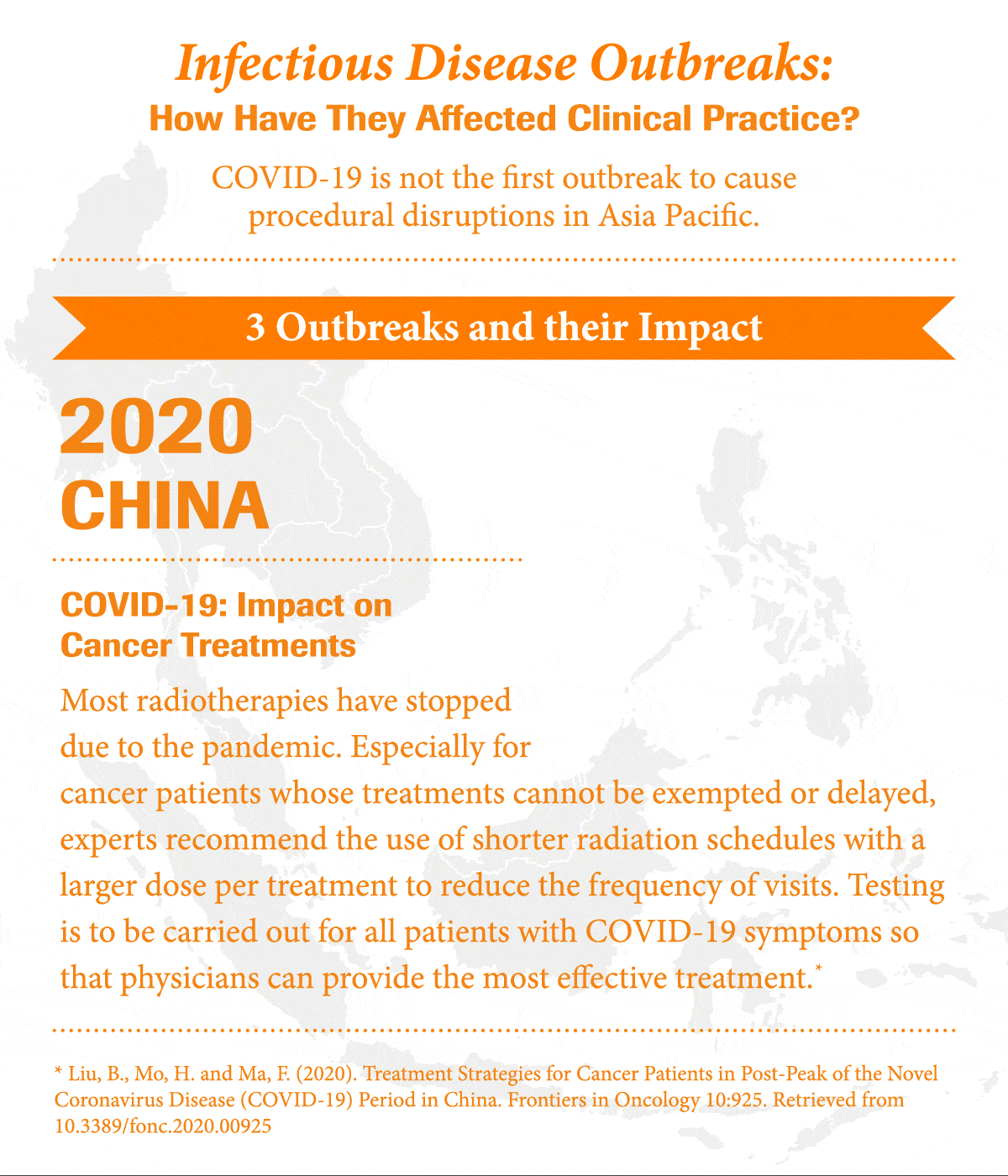
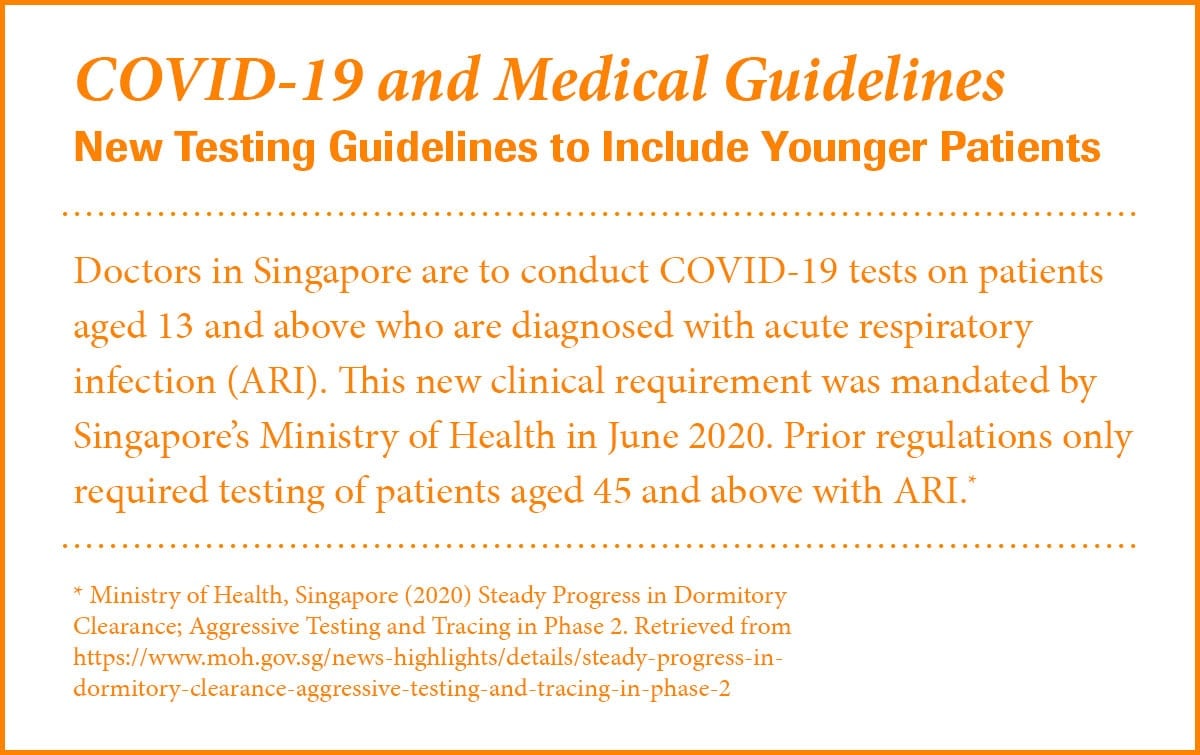
Some of these guidelines are evolving rapidly. “At the beginning of the pandemic, one of our protocols was to use antibody and PCR tests to screen the patient. Then we revised it such that the PCR test plays a more important role in the screening process. Now, we are considering the antigen test in our guidelines as well,” Professor Aryati explains. Similarly, while some countries urge everyone with mild flu-like symptoms to visit a health centre for COVID-19 testing10, others only suggest that course if symptoms and high fever persist for several days.11 But as winter flu season begins, guidelines may change, suggesting more people should be tested to avoid what Richard Pebody of the World Health Organization describes as a “double epidemic” of influenza and COVID-19.12
Even surgical guidelines are changing, to evolve preoperative screenings for patients who require high-risk surgery. And, here again, clinicians must fold testing into their practice. “For preoperative services, we have only just started doing elective procedures. Of course, there is a need to establish that these patients are not incubating COVID-19 or asymptomatic positive so they don’t endanger other patients or staff in the hospital,” adds Dr Ong-Lim.
While the scientific community has made significant progress in understanding this disease, and refining strategies to combat it, ensuring the continuity of care even in the midst of public crises of such a global scale can alleviate the burden on public health systems in the short and long term.
As the pandemic evolves, healthcare professionals will find themselves facing new challenges. However, the fundamental nature of their work — continuing to deliver high-quality care to all patients — remains.
Stay updated on healthcare and diagnostics news with Roche Diagram magazine.
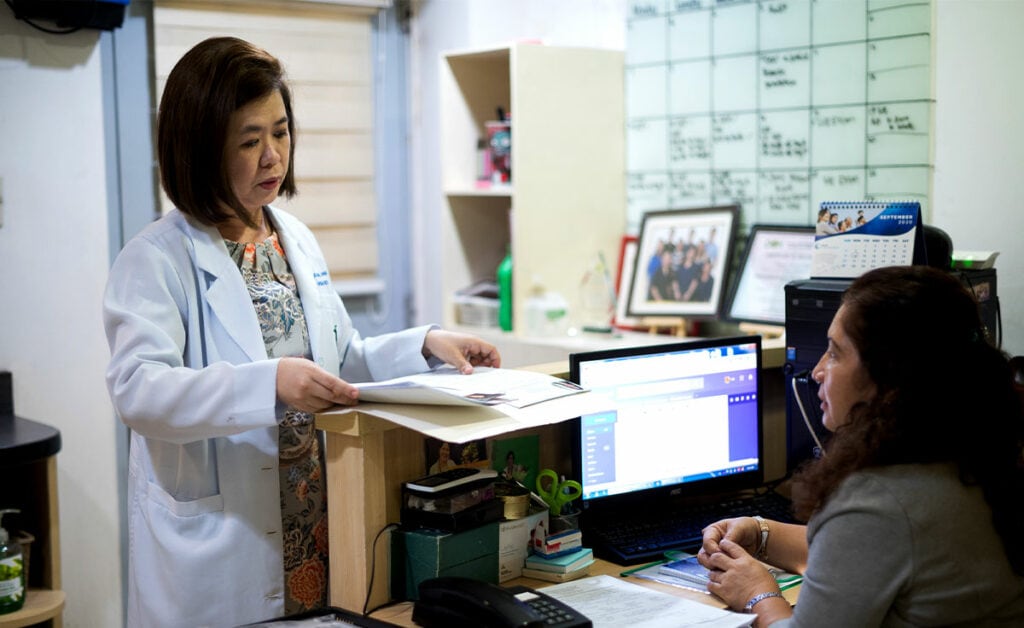
Dr Anna Lisa Ong-Lim feels that the COVID-19 pandemic has highlighted the need for better preventive health services.
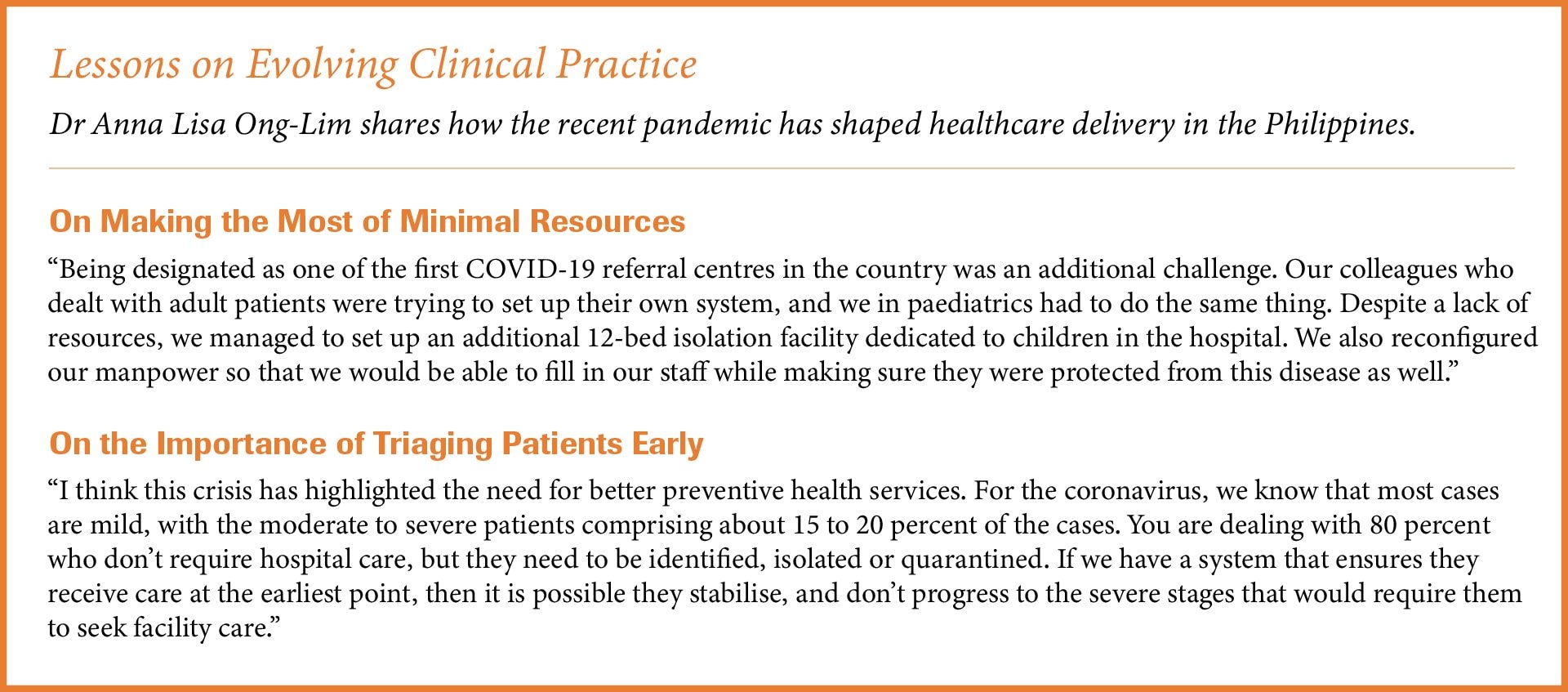
References:
1Wong, W. C., Wong, S. Y., Jaakkimainen, L., Bondy, S., Tsang, K. K., & Lee, A. (2005). SARS: Lessons to Learn for GPs When Handling a Public Health Crisis. The British Journal of General Practice: the Journal of the Royal College of General Practitioners, 55(510), 57. Retrieved from https://www.ncbi.nlm.nih.gov/pmc/articles/PMC1266255/
2Chee, V., Khoo, M., Lee, S., Lai, Y.C., Chin, N.M., (2004). Infection Control Measures for Operative Procedures in Severe Acute Respiratory Syndrome–related Patients. Anesthesiology; 100:1394–1398. Retrieved from https://pubs.asahq.org/anesthesiology/article/100/6/1394/6516/Infection-Control-Measures-for-Operative
3Ministry of Home Affairs, Singapore (2009). Preparing for a Human Influenza Pandemic in Singapore. Retrieved from https://www.mha.gov.sg/docs/default-source/others/nsfpfinalversion.pdf
4Auerbach, A., O’Leary, K., Greysen, R., Harrison, J., et al. (2020) Hospital Ward Adaptation During the COVID-19 Pandemic: A National Survey of Academic Medical Centers. Journal of Hospital Medicine ;8;483-488. Retrieved from doi:10.12788/jhm.3476
5Czeisler, M.E., Marynak, K., Clarke, K.E., et al. (2020) Delay or Avoidance of Medical Care Because of COVID-19–Related Concerns. Centers for Disease Control and Prevention, Morbidity and Mortality Weekly Report; 69:1250–1257. Retrieved from: http://dx.doi.org/10.15585/mmwr.mm6936a4external icon.
6Finn McQuaid, C., McCreesh, N., Read, J.M., et al. The Potential Impact of COVID-19-related Disruption on Tuberculosis Burden. European Respiratory Journal, 56 (2) 2001718. Retrieved from https://erj.ersjournals.com/content/56/2/2001718
7Fouchier, R. A., & Osterhaus, A. D. (2004). Laboratory Tests for SARS: Powerful or Peripheral?. CMAJ : Canadian Medical Association Journal 170(1), 63–64. Retrieved from https://www.ncbi.nlm.nih.gov/pmc/articles/PMC305315/
8Ibid.
9Thornton, J. (2020). Covid-19: How Coronavirus Will Change the Face of General Practice Forever. The British Medical Journal. Retrieved from https://www.bmj.com/content/368/bmj.m1279
10Australian Government Department of Health (2020). What You Need to Know About Coronavirus (COVID-19). Retrieved from https://www.health.gov.au/news/health-alerts/novel-coronavirus-2019-ncov-health-alert/what-you-need-to-know-about-coronavirus-covid-19
11Ministry of Health, Labour and Welfare, Japan (2020). Q&A on Coronavirus Disease 2019 (COVID-19), April 1, 2020 Version. Retrieved from https://www.mhlw.go.jp/stf/seisakunitsuite/bunya/kenkou_iryou/dengue_fever_qa_00014.html
12Balakrishnan, V., (2020) In Preparation for a COVID-19-Influenza Double Epidemic. The Lancet, Microbe Vol 1, Issue 5, E199. Retrieved from https://www.thelancet.com/journals/lanmic/article/PIIS2666-5247(20)30130-0/fulltext#articleInformation
